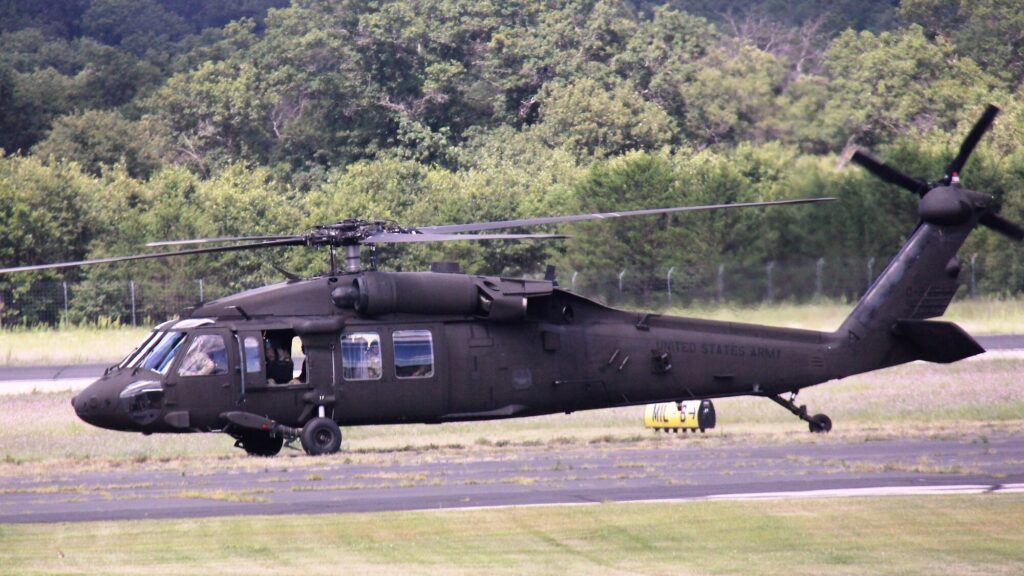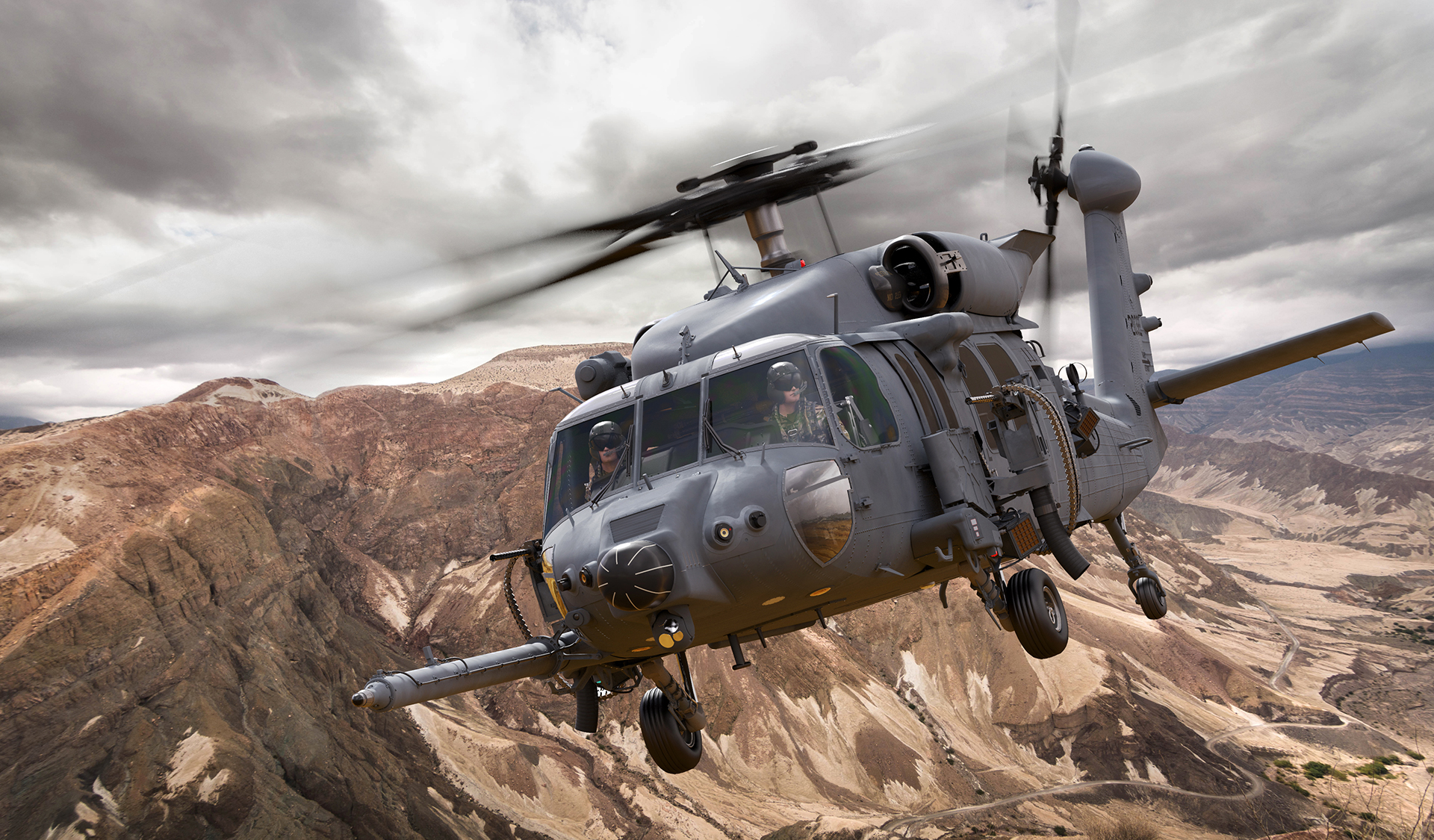Elevate Your Uh 60 Game With These Game-Changing Techniques
In the realm of aeronautics, mastery of the UH-60 Black Hawk helicopter demands a combination of skill, precision, and tactical skill. Raising your performance in this advanced airplane requires a nuanced strategy that goes beyond standard proficiency. By integrating a set of game-changing strategies, pilots can unlock new levels of efficiency, coordination, and performance in their procedures. These techniques, when harnessed effectively, have the possible to reinvent the means UH-60 missions are performed.

Learning Accuracy Traveling
To attain proficiency in precision flying, pilots should diligently sharpen their spatial understanding and control over the aircraft. Precision flying needs a high degree of skill and emphasis, needing pilots to browse through different obstacles with accuracy and skill. One critical element of understanding accuracy traveling is comprehending the airplane's restrictions and capacities, allowing pilots to press the borders while remaining within secure specifications.
Establishing an eager sense of spatial recognition is crucial for carrying out accurate maneuvers in various flying conditions. Pilots need to have a comprehensive understanding of their airplane's measurements and performance attributes to make instant choices during elaborate maneuvers. By continually practicing and improving their spatial understanding skills, pilots can improve their capability to maintain control and security throughout requiring trip circumstances.
Additionally, grasping accuracy flying involves understanding the coordination of flight controls to accomplish smooth movements and shifts. Pilots should create an exact touch and control to carry out maneuvers smoothly and accurately. By practicing continually and concentrating on boosting their control over the airplane, pilots can elevate their abilities in precision flying to brand-new heights.
Perfecting Target Purchase
Having sharpened their spatial awareness and control skills in understanding precision flying, pilots currently concentrate on perfecting target procurement to improve their general performance in tough flight circumstances. Target procurement is an essential skill that includes swiftly identifying, tracking, and interesting designated objectives with precision and effectiveness. In the high-stakes environment of armed forces procedures or emergency situation feedback goals, the capacity to obtain targets rapidly and precisely can suggest the distinction between success and failing.
To ideal target purchase, pilots go through extensive training that consists of simulations, live-fire exercises, and constant session. They find out to utilize progressed avionics systems and targeting innovations to simplify the process and enhance accuracy. By mastering the art of target purchase, pilots can successfully involve hazards, deliver products to specific places, or implement complex maneuvers with confidence and speed.
Additionally, pilots have to preserve situational awareness, interact efficiently with staff members, and adapt to transforming problems to ensure effective target purchase (uh-60). Constant refinement of these abilities is important for enhancing objective performance and guaranteeing mission success in challenging and vibrant environments
Executing Group Control Strategies
Reliable execution of objective purposes in complex air travel scenarios depends heavily on the seamless execution of team sychronisation methods. Within the context of running a UH-60, sychronisation among crew participants is critical to making sure goal, efficiency, and safety useful site and security success.
One more essential facet of group coordination is task delegation. Assigning roles based on each person's competence and toughness can simplify operations and stop complication or mistakes. Marking a certain team participant to concentrate on navigation while another screens radio interactions can boost total situational recognition. Additionally, performing regular rundowns prior to and throughout goals can align employee on strategies, backups, and objectives, cultivating a common understanding and feeling of unity.
Making The Most Of Tool System Effectiveness
With a concentrate on accuracy and tactical effectiveness, improving the performance of the weapon systems aboard the UH-60 is an important part of goal preparedness. Making the most of weapon system effectiveness entails a combination of correct maintenance, effective training, and critical application of the aircraft's armament capacities. Routine upkeep checks and maintenance of the tools systems are imperative to make certain optimal efficiency throughout objectives. This consists of inspecting, cleansing, and calibrating the weapons to ensure they are in top working problem.

Furthermore, calculated preparation and use of the weapon systems are crucial for achieving goal goals successfully. Pilots and team participants need to recognize the capabilities and constraints of each tool system to make enlightened choices during operations. By making best use of tool system efficiency via maintenance, training, and critical preparation, UH-60 units can enhance their fight readiness and efficiency in the area.
Enhancing Defensive Maneuvers
To reinforce the UH-60's protective capacities, understanding sophisticated protective maneuvers is paramount for boosting goal survivability. In risky environments, pilots need to be proficient at executing defensive maneuvers to avert risks effectively. One essential strategy is making use of evasive maneuvers, such as aggressive turns, climbs up, and try this website descents, to shake off adversary targeting Continue systems and interrupt incoming threats. Pilots must likewise excel in carrying out nap-of-the-earth flying, utilizing the surface to mask their helicopter's approach and minimize the probability of discovery. Furthermore, understanding the art of utilizing surface attributes for cover and concealment can substantially enhance the UH-60's survivability in hostile settings.
Moreover, pilots need to be skilled in utilizing defensive digital war tactics to jam or deceive adversary radar systems and inbound projectiles. Consistent situational awareness and swift decision-making are important for effectively countering dangers - uh-60. By sharpening these defensive maneuvers, UH-60 pilots can significantly boost their opportunities of successfully completing objectives while mitigating dangers to both the aircraft and staff
Conclusion
Finally, applying the methods of precision flying, target acquisition, team control, weapon system efficiency, and defensive maneuvers can significantly elevate one's performance in the uh 60 game. These methods are crucial for success in the game and can help gamers boost their abilities and accomplish better results. By grasping these techniques, gamers can boost their general gameplay experience and attain higher success in their goals.
Having actually refined their spatial awareness and control skills in understanding accuracy flying, pilots now concentrate on improving target acquisition to enhance their total efficiency in tough trip scenarios. Pilots and staff members must undergo normal training sessions to familiarize themselves with the procedure of the various tool systems onboard the UH-60. Pilots and crew participants need to understand the abilities and restrictions of each weapon system to make educated decisions throughout procedures.Furthermore, pilots should be well-versed in using defensive electronic war tactics to jam or deceive enemy radar systems and incoming missiles. By honing these defensive maneuvers, UH-60 pilots can substantially improve their possibilities of effectively completing missions while mitigating risks to both the aircraft and team.